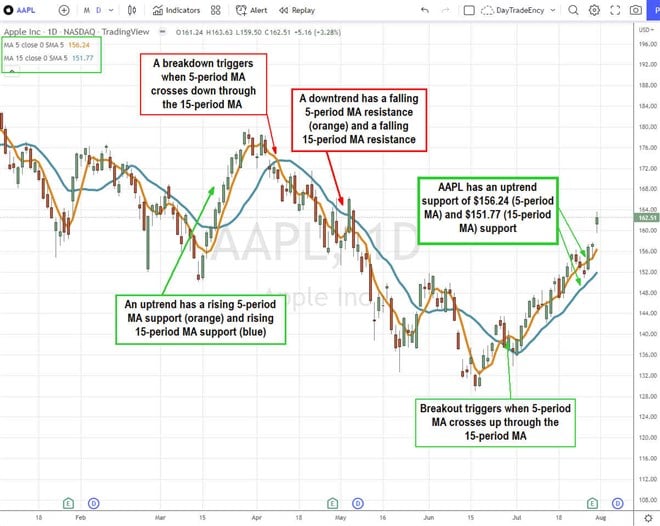Financial News
More News
View More
Warner Bros. Sale Rumors Heat Up: What Investors Need to Know ↗
Today 18:23 EST
From Science Project to Solvent: WeRide’s 761% Revenue Surge ↗
Today 17:48 EST
Recent Quotes
View More
Stock Quote API & Stock News API supplied by www.cloudquote.io
Quotes delayed at least 20 minutes.
By accessing this page, you agree to the Privacy Policy and Terms Of Service.
Quotes delayed at least 20 minutes.
By accessing this page, you agree to the Privacy Policy and Terms Of Service.
© 2025 FinancialContent. All rights reserved.




 A stock is a trading and investing instrument representative of an underlying business. This sounds simple enough, but surprisingly gets too often misunderstood in a
A stock is a trading and investing instrument representative of an underlying business. This sounds simple enough, but surprisingly gets too often misunderstood in a 




